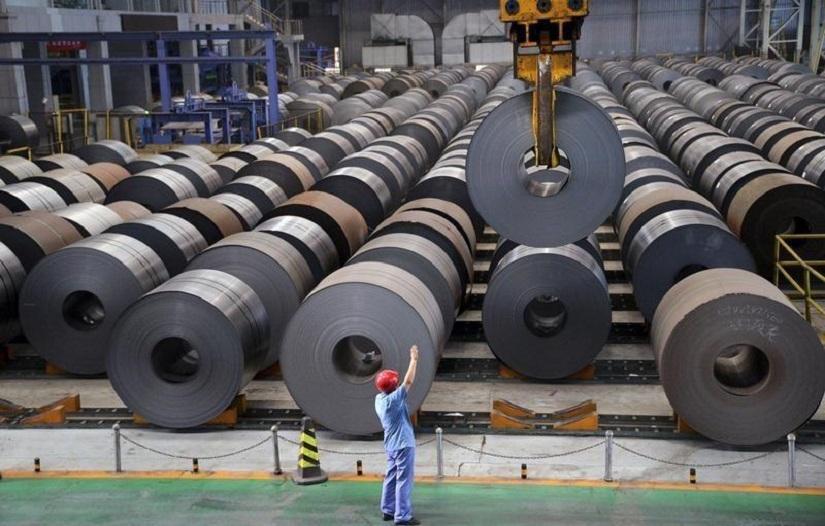 China's urbanisation over the last four decades has been described as the largest human migration in history, with several hundred million people relocating from rural villages to towns, cities and supercities.
China's urbanisation over the last four decades has been described as the largest human migration in history, with several hundred million people relocating from rural villages to towns, cities and supercities.
Rural-urban migration has helped support an enormous increase in labour productivity, household incomes and energy use, transforming the country into the world's largest energy consumer.
But urbanisation is a worldwide phenomenon. The proportion of the world's population living in rural areas has fallen from two-thirds at the start of the 1960s to around 45% last year, according to World Bank data.
Without exception, high-income economies have high levels of urbanisation: urban living, rising energy use and rising incomes go together.
Urbanisation absorbs surplus labour from the countryside, facilitating the reorganisation of farms into larger and more efficient units, increasing productivity in rural areas.
It also provides bigger markets and permits the development of increasingly complex manufacturing and service industries, raising urban productivity still further.
China is perhaps half-way along the path of urbanisation marked out earlier by the advanced economies ("Patterns of urban and rural population growth", United Nations, 1980).
Queued up behind China, other fast-growing developing countries with large populations are embarking on the same urbanisation process.
As they pursue the same path towards greater urbanisation, their per capita energy consumption is set to increase substantially.
CHINA'S GREAT MIGRATION
China's rural population peaked at 860 million in 1995 and had fallen to 577 million by 2017, according to the country's National Bureau of Statistics (NBS).
Over the same period, the urban population had grown from 352 million to 813 million, average annual growth of 3.9% ("Annual statistical yearbook", NBS, 2018).
The country has been slowly urbanising since the middle of the 20th century, with a marked acceleration after 1978 with the onset of reform and opening.
Nonetheless, 41% of the population were still living in rural areas in 2017, more than double the percentage in the United States (17%) or the United Kingdom (17%).
China's current level of urbanisation is roughly the same as the United States in 1950, according to census data ("Historical statistics of the United States", Census Bureau, 1975).
China's urbanisation will likely continue for the next few decades, assuming the country follows the same trajectory as every one of the advanced economies in the Organisation for Economic Cooperation and Development (OECD).
And the process will continue driving a significant increase in energy consumption per capita as more and more households reach middle-class status.
 RISING ENERGY CONSUMPTION
RISING ENERGY CONSUMPTION
In every recent historical case, the process of urbanisation and economic development has been accompanied by an enormous increase in the consumption of energy per capita.
Greater population density in urban centres can lower some forms of energy consumption, for example by increasing the use of public transport and promoting the use of smaller, more compact dwellings.
But greater density and urbanisation also tends to raise productivity, which in turn increases incomes and total demand for energy services, including heating, cooling, lighting, power and transportation.
In every case, greater urbanisation and the associated increase in the number of middle-class households with more discretionary income has helped fuel a big net increase in energy use.
Greater population density and market concentration also facilitates the provision of an increasing variety of energy-intensive goods and services, which tends to raise total energy consumption.
China's per capita energy consumption has grown at an average annual rate of more than 4% since the launch of reform and opening in 1978 ("World development indicators", World Bank, 2019).
Energy consumption increased by more than 1,000 kilograms of coal equivalent per capita per year for each migrant from a rural to an urban area between 2000 and 2007, according to researchers at Lanzhou University ("Study on Household energy consumption and carbon emissions in China's urbanization", Zhang et al, 2011).
The country's continued urbanisation will likely drive significant increases in per capita energy consumption for the next several decades.
URBANISATION BEYOND CHINA
India's rural population has fallen from 80% of the total in the 1960s but is still as high as 67% – far behind China and roughly where the United States was in the 1880s.
Rural populations are also still relatively high across the Middle East and North Africa (35%), sub-Saharan Africa (60%) and Central Asia (40-70%), the rest of South Asia (60-80%) and ASEAN (25-65%).
If the experience of China and the OECD countries is a guide, these regions and countries are all likely to continue urbanising well beyond the middle of the 21st century.
The enormous implied increase in energy consumption in developing countries is why most projections show increased use from all sources through the middle of the century.
Rising energy demand will likely support an increase in consumption from both fossil fuel and clean energy sources, requiring substantial investment to meet demand, and making CO2 emission targets very challenging.
John Kemp is a Reuters market analyst specialising in oil and energy. Before joining Reuters in 2008, he was an analyst for Sempra Commodities, now part of JP Morgan and Mercuria. He holds a degree in Philosophy, Politics and Economics from the University of Oxford.


